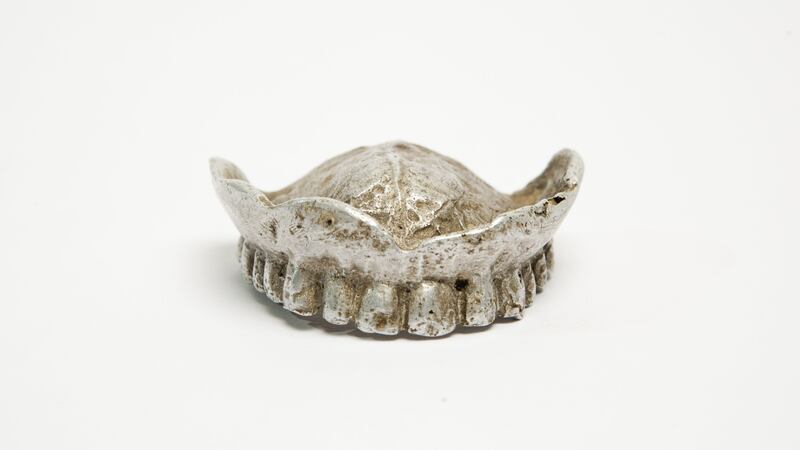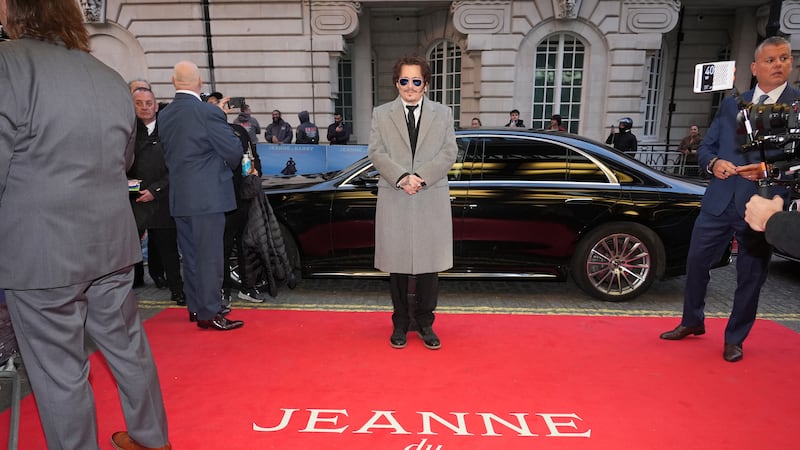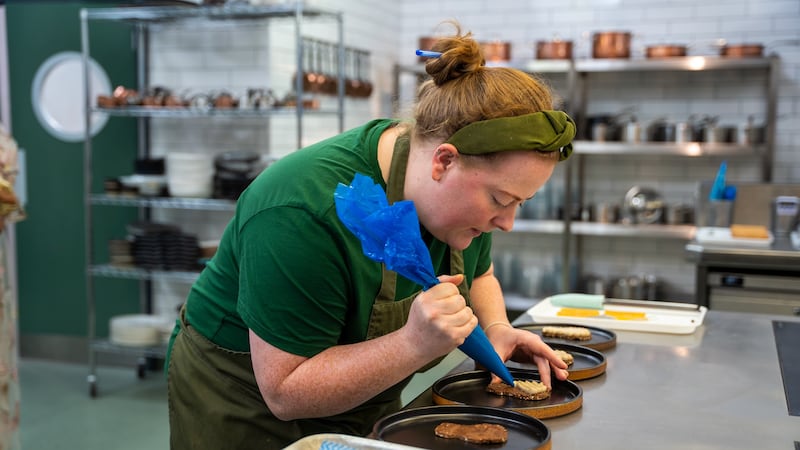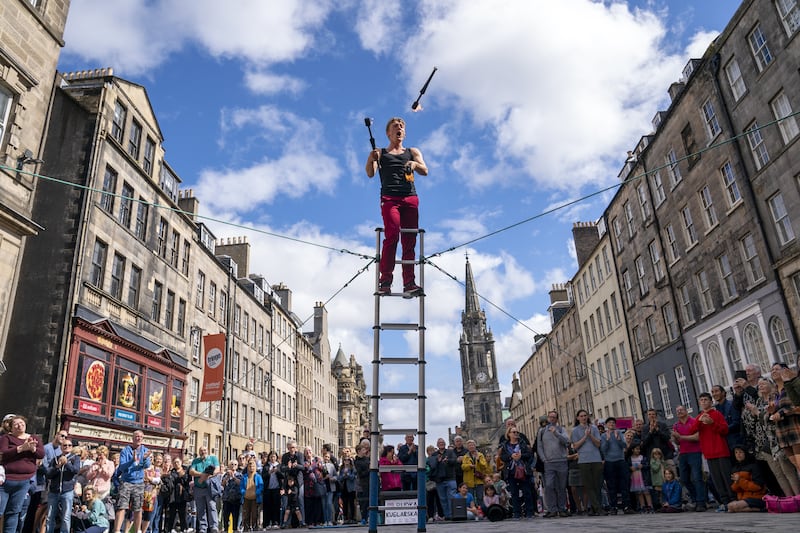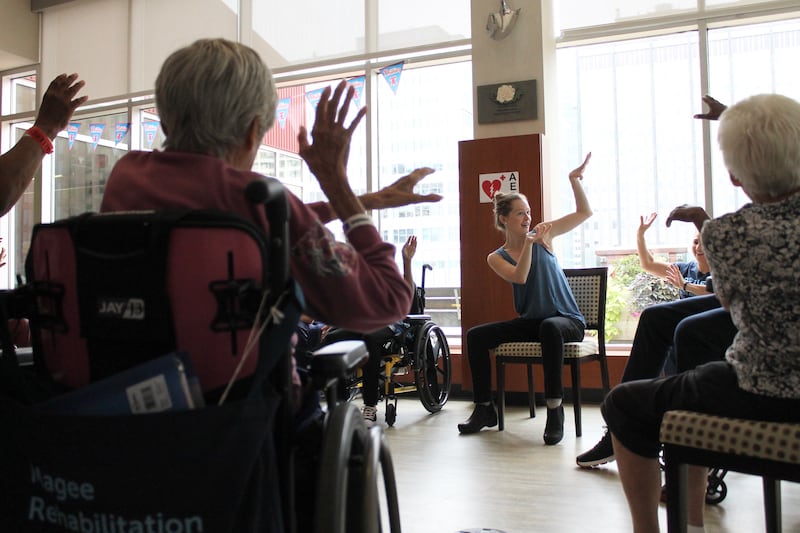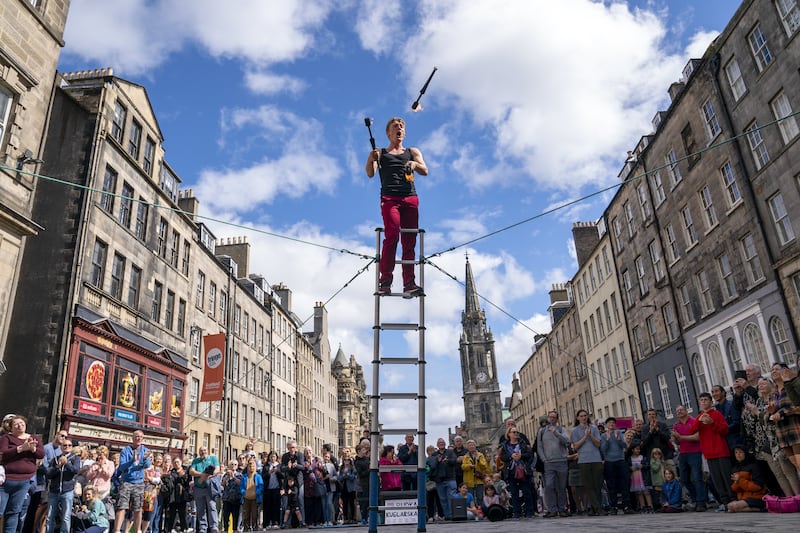Dental phobia sufferers might want to stay away – a new exhibition features rotten teeth and a selection of “crude” tools once used for their extraction.
The Wellcome Collection’s new exhibition is billed as the first to trace the evolution of “our relationship with our teeth”.
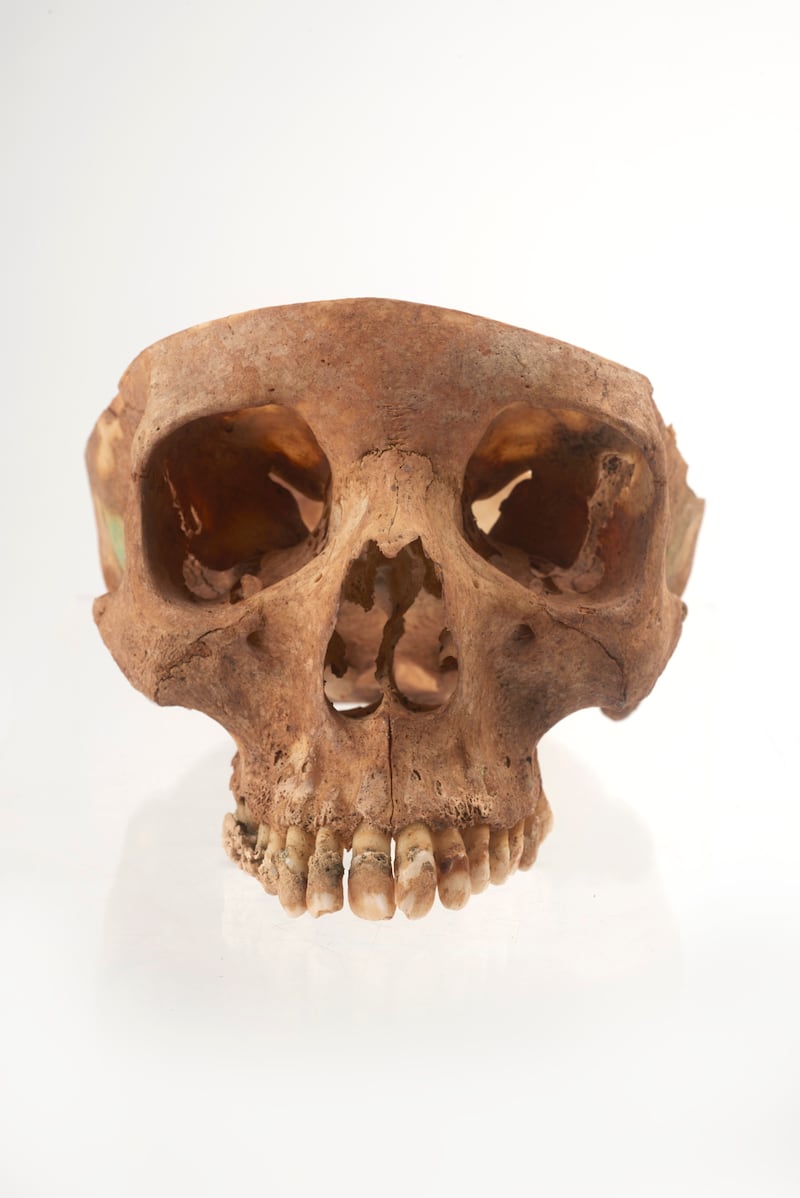
“Gruesome” objects on display include a 19th century skull, complete with rotten teeth covered in severe plaque.
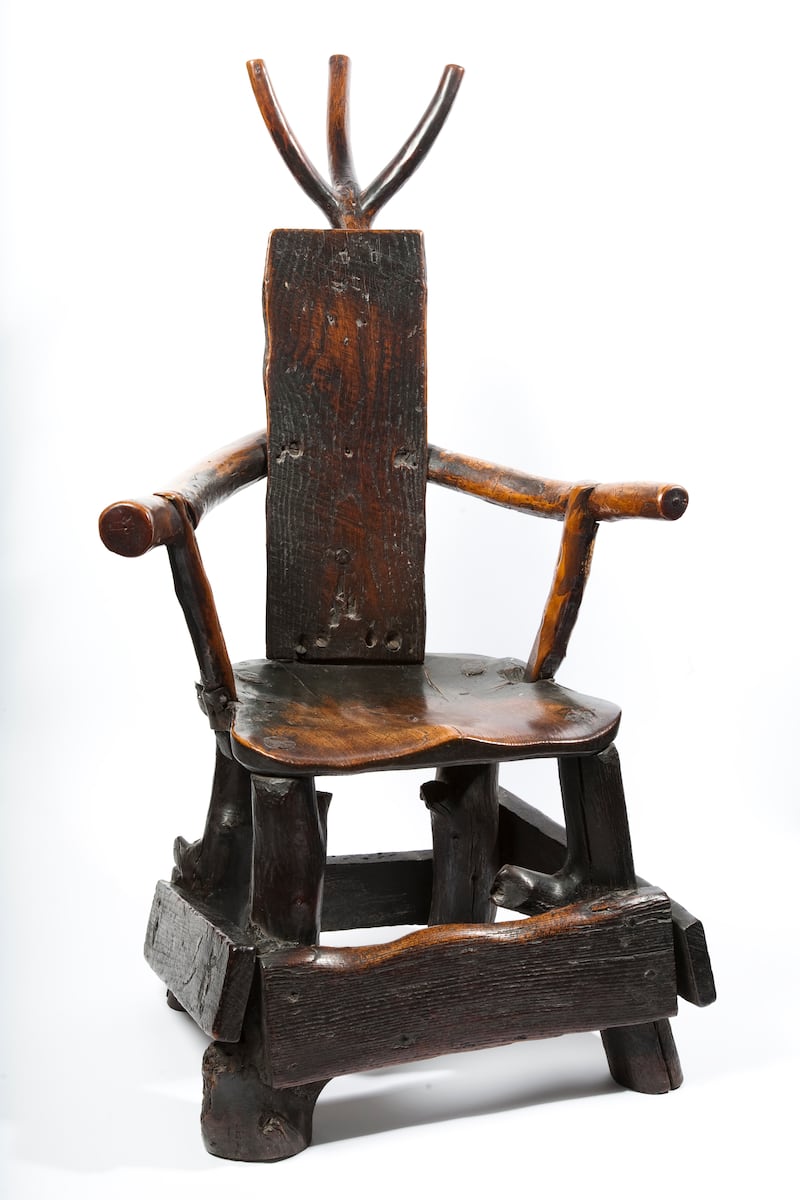
Visitors will also see a 19th century barber-surgeon chair, for patients to sit in while enduring – with a razor and other crude tools – limb amputation and teeth pulling as well as hair trimming.
For anyone who could not afford the barber-surgeon, the blacksmith provided an alternative.
Barber-surgeons’ tools included a tooth key, a form of early forceps featuring a claw and a bolster placed against the gum.
A toothbrush, complete with silver-gilt handle, belonging to Napoleon, whose teeth were described as “bad and dirty” , is also on show.
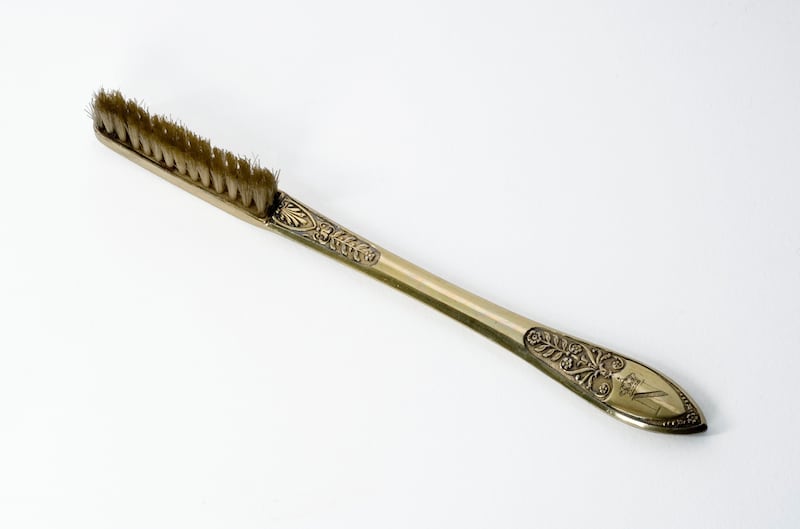
A photograph of Elizabeth I, whose teeth were said to be “black, a defect that the English seem subject to, from their great use of sugar”, is also on display.
Despite being plagued by toothache, she was reluctant to have treatment, until the Bishop of London volunteered to have an extraction in front of her to show how the pain was not as bad as she thought.
Also on show is the hygiene set used by Queen Victoria’s dentist and dental powders containing brick dust, charcoal, soap and salt.
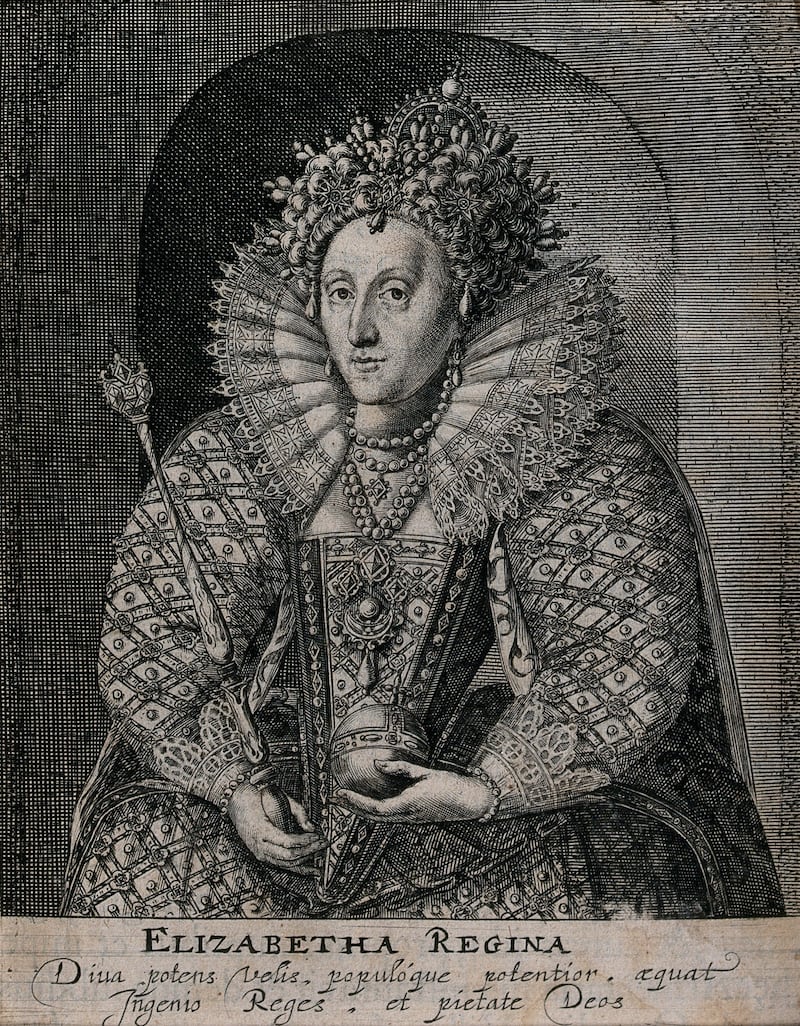
A wooden “phantom head”, set with real human teeth and used for training dentists, is also on show.
The exhibition also features a pedal-operated 19th century drill, a spittoon, dentures made from hippopotamus ivory, tooth-whitening kits, and early toothbrushes made from hog hair and badger hair.
A selection of letters children have written to the tooth fairy are also among the 150 objects on display, in an exhibition which looks at tooth care for the rich and poor.
A section on “dental bling” includes an ancient Mayan tooth embellished with jade and a contemporary grillz, with the item of tooth jewellery containing diamonds.
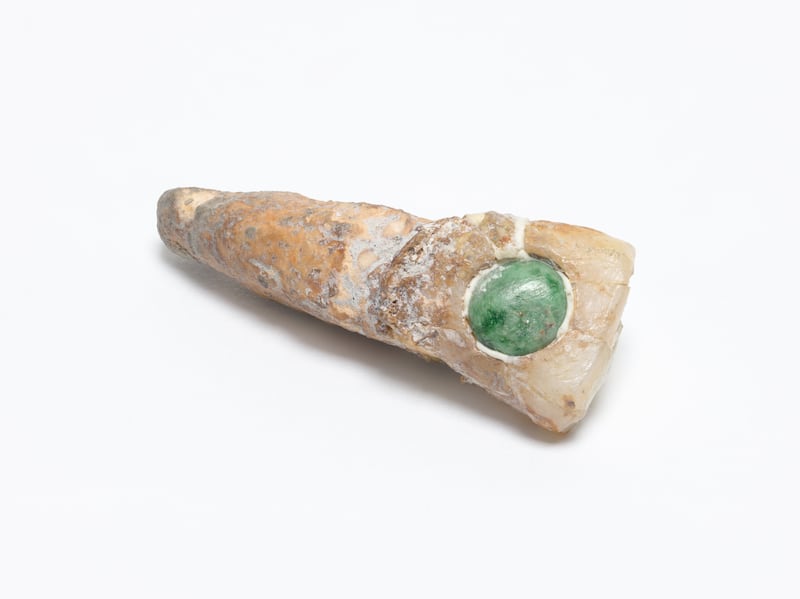
The show’s curators James Peto and Emily Scott-Dearing told the Press Association that anyone suffering from dental phobia should visit.
Scott-Dearing said: “I would advise them to come and see just how far we have come.”
Peto added: “There is some scary stuff at the beginning but I hope that it lightens up at the end and I hope they’d go away feeling more inclined to visit the dentist than they did before.”
Teeth runs from May 17 to September 16 at the Wellcome Collection, London.
